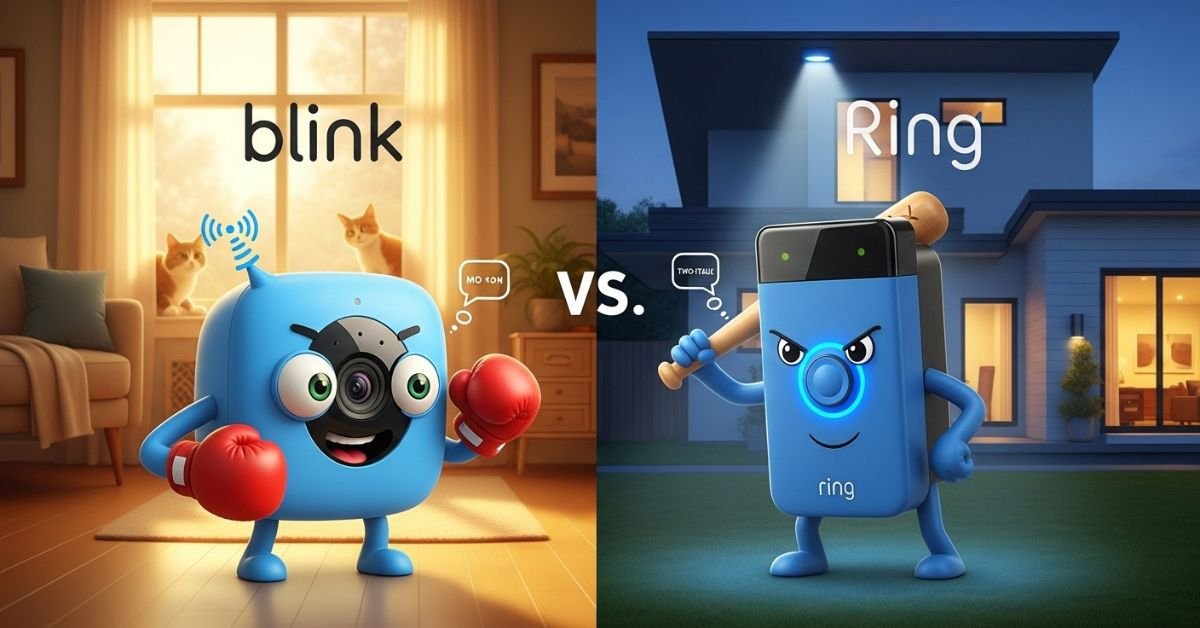As wireless audio devices become increasingly popular, many users face the choice between wireless earbuds and neckband earphones. Both offer freedom from tangled wires and portable convenience, but they differ in design, features, and user experience.
This article compares wireless earbuds and neckband-style earphones, helping you understand their pros and cons so you can pick the best audio companion for your lifestyle.
Contents
Design and Comfort
Wireless Earbuds:
Wireless earbuds are compact, completely wire-free earpieces that fit snugly inside the ear canal. Their true wireless design means there are no cords connecting the two earbuds, offering maximum freedom of movement.
Neckband Earphones:
Neckband earphones feature two earbuds connected by a flexible band resting around your neck. The neckband, which contains the controls and battery, is connected to the earphones.
Comfort Considerations:
- Wireless earbuds are lightweight and discreet, ideal for those who dislike any neck pressure.
- Neckbands are often preferred by users who want a more secure fit and don’t want to worry about losing tiny earbuds.
Battery Life
Wireless Earbuds:
Due to their small size, true wireless earbuds typically offer 4 to 6 hours of continuous playback on a single charge. The majority include a charging cover that allows for extra charges, increasing the overall use time to 20–30 hours.
Neckband Earphones:
Neckbands have larger batteries housed in the band itself, often offering 10 to 20 hours of continuous playback without needing to recharge.
Verdict:
If you need longer battery life without frequent charging, neckband earphones generally perform better.
Sound Quality
Sound quality varies widely depending on brand and price, but there are some general trends:
- Wireless Earbuds: Compact drivers limit bass depth and volume, but high-end models offer impressive sound quality with noise cancellation features.
- Neckband Earphones: Larger drivers and bigger housing allow for better bass response and richer sound, especially in mid-range and budget options.
For audiophiles or users who prioritize bass and clearer sound, neckbands may have an edge at similar price points.
Connectivity and Features
Wireless Earbuds:
- Typically use Bluetooth 5.0 or higher for better connection stability.
- When deactivated, support for automated ear detection pauses audio.
- Often have touch controls and voice assistant integration.
- Charging case adds portability.
Neckband Earphones:
- The neckband has easy-to-access controls and Bluetooth connectivity.
- May support multi-point connection (connecting two devices simultaneously).
- Less prone to losing because earbuds stay attached to the neckband.
- Usually no charging case needed.
Portability and Convenience
- Wireless Earbuds: Very portable, fit easily in pockets or bags with their charging case. Ideal for casual listening, commuting, and outdoor activities.
- Neckband Earphones: Bulkier due to the band but can be worn around the neck when not in use. Less pocket-friendly but more convenient for users who want quick access without dealing with a case.
Price and Affordability
Both categories have a wide price range:
- Entry-level wireless earbuds can be more expensive due to the miniaturization of components and charging case.
- Neckband earphones tend to offer more battery and sometimes better sound at lower price points.
For budget-conscious buyers looking for long battery life and decent sound, neckbands often offer better value.
You Might Also Like: Smartwatch vs Fitness Band: Which One Fits Your Lifestyle Best?
Use Case Scenarios
| User Type | Recommended Device |
|---|---|
| Commuters | Wireless Earbuds |
| Gym and Fitness Users | Wireless Earbuds |
| Office Workers | Neckband Earphones |
| Budget Buyers | Neckband Earphones |
| Audiophiles | High-end Wireless Earbuds or Neckbands |
| Frequent Travelers | Wireless Earbuds |
Final Thoughts: Which Should You Buy?
- If you want complete mobility, a small form factor, and contemporary features like voice assistant integration and touch controls, go for wireless earbuds. They are ideal for workouts, commuting, and casual listening.
- Choose neckband earphones if you prioritize longer battery life, more secure fit without losing earbuds, better sound at lower prices, and convenient physical controls. They suit office use, long calls, and users who dislike charging cases.
Both devices eliminate the hassle of tangled wires, but your lifestyle and preferences should guide your choice.
FAQs
1. Can wireless earbuds get lost easily?
Yes, since earbuds are separate pieces, they are easier to misplace. Using a charging case and storing them carefully helps reduce this risk.
2. Are neckband earphones heavier than wireless earbuds?
Yes, neckband earphones weigh more due to the band and larger battery but distribute weight around the neck, often making them comfortable for long use.
3. Which offers better call quality?
Both can offer good call quality depending on microphone quality, but neckband earphones often have better mic placement due to the band.
4. Are wireless earbuds waterproof?
Some models offer water and sweat resistance, but full waterproofing is rare. Check specifications before using during workouts or rain.
5. Can neckband earphones work without Bluetooth?
Most modern neckband earphones rely on Bluetooth, but some older models offer wired connections as well.
For more detailed tech comparisons and product guides, stay connected with Nova Tech Electronics Blog—your trusted source for clear, unbiased tech insights.



